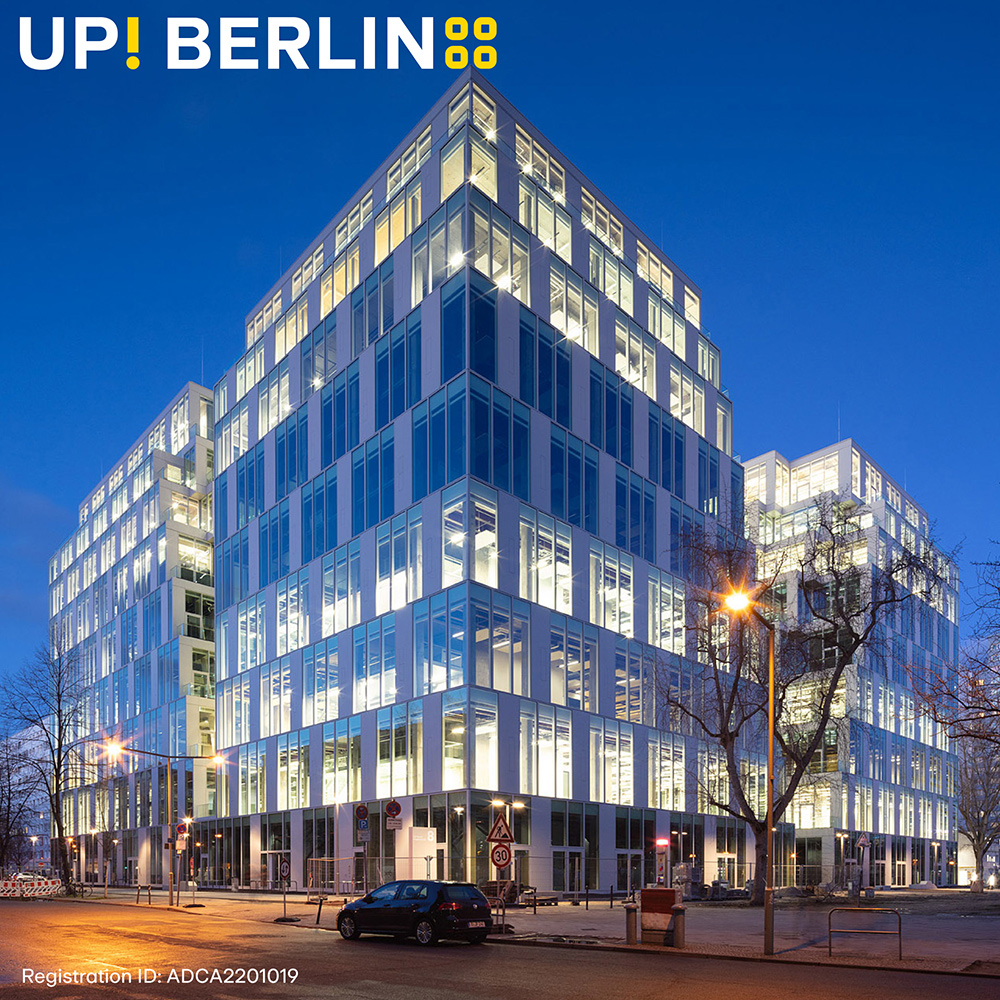Gold Winner of the International Architecture & Design Awards 2023
Architect / Designer:
MARTIN JASPER
Studio:
JASPER ARCHITECTS
Design Team:
Martin Jasper
Lene Nettelbeck
Santiago Flagel
Mariangeles Benitez Pereyra
Agustin De Longhi
Isabel Sanchez Gomez
Nik Wenzke
Tobias Becker
Sara Staschiok
Dennis Trutty
Copyright:
Nils Koenningg & HG Esch
Country:
Germany
UP! is a transformation of a former department store, the Centrum Warenhaus, built in East Berlin in 1979, into a space suited for contemporary working environments. The building was originally a symbol of the planned economy of East Germany, before being transformed into a symbol of post-wall Berlin and then becoming a victim of the rise of e-commerce. The project offers a response to the challenges of shopping mall structures in disuse—an increasingly common occurrence in cities today. We saw great potential for its future, as it is located at the heart of Friedrichshain, an epicentre of the start-up community.
The task was to present a concept to turn this massive square building block—80 x 80 meters and containing approximately 62,000 square meters of space—into office space with an abundance of natural light. The department store was originally conceived as an introverted building without openings. That principle had to be reversed. Triangular prisms were cut onto each side of the building in order to introduce natural light into the interior and break up the monolithic geometry. These openings, ort voids, along with a series of terraces and a careful twisting of floors, create views onto the city in all directions. At the same time, these voids redefine the building’s urban presence entirely. The lost floorspace was regained by two floors that are added on the top of the existing structure, plus a roof pavilion and extensive rooftop terrace. The existing building was stripped down to its structural concrete columns and floorplates and wrapped in glass. What was once an interior-focused shopping center is reimagined as an outward-looking urban hub of productivity and creativity.
JASPER ARCHITECTS
Jasper Architects is an international architecture practice with offices in Buenos Aires, Berlin, and Asunción. Founded by architect Martin Jasper in 2008, the studio comprises a team of professionals in the fields of design, planning, urban development, and project and construction management.
Over fifteen years of activity, we have developed a body of work that uses meticulous research into site conditions, social and urban history, and programmatic and functional goals to arrive at design solutions that propose new, deeper readings of context.



